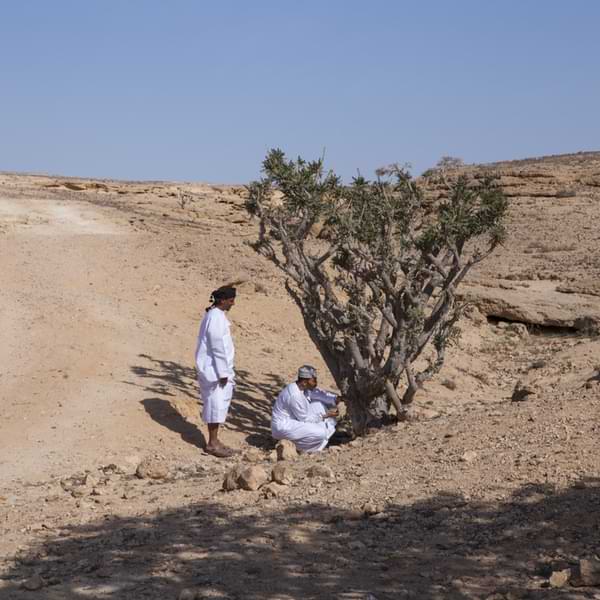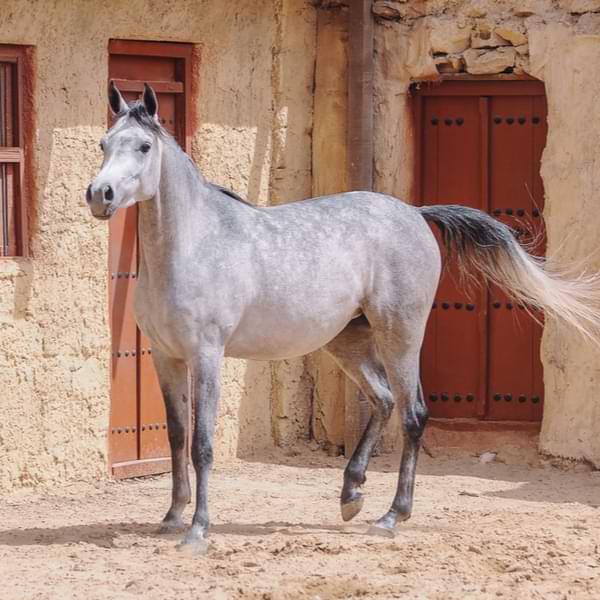Small, but infinitely beautiful and full of awe-inspiring architectural wonders and breathtaking natural attractions, Oman’s gifts are in abundance; these gifts permeate every travel experience here. Located in the far southeastern part of the Arab Peninsula, there’s lots of things about Oman that are not glaringly obvious, so here’s our round up of 6 facts about Oman that you would know.
The Arabian Oryx is the national animal of Oman
One of the most interesting facts about Oman is that their national animal is the Arabian Oryx and they are so revered that many fuel stations are named after them.
Not sure what an Arabian Oryx is? Let us fill you in. It is a white antelope with a distinctive shoulder bump. They are sadly endangered and also have long straight horns and a tufty tail.
You won’t see them mooching about a souk as they live in the deserts of the Arab Peninsula although one of the things you can do is to take a trip to see them in all their glory as well having a more authentic Bedouin experience in the desert.

You may hear the locals refer to them as ‘the Maha’ and that they have a breeding centre programme to ensure the conservation of the oryxs.

Oman is the oldest independent state in the Arab world
One of the most intriguing facts about Oman is that it has been ruled by the Omani Al Said Family since 1744 and therefore it’s the oldest independent state in the Arab world. Speaking of old, it is thought that citizens have been living in Oman for over 106,000 years, making it one of the oldest human-inhabited countries on Earth.
Haitham bin Tariq Al Said succeeded to the throne on the death of his cousin, Qaboos Bin Said Al Said, in January 2020 who had previously been the longest serving ruler in the Middle East.
It is home to five UNESCO World Heritage sites
Not content with having just one or two, Oman has five sites that have been declared UNESCO World Heritage status. So, which UNESCO World Heritage sites could you be checking out as part of your things to do in Oman?
Why not start with the Bahla Fort – the only fort in the country to be inscribed on the UNESCO World Heritage list. It is thought that the oldest parts of the fort were built as early as 500 B.C and includes a rabbit warren of towers, mosques and wells.
The fort is located in Bahla and it is only a two hours journey by car from Muscat and is certainly worth a visit.

Other UNESCO World Heritage Sites include the Archeological Sites of Bat, Al Khutm and Al Ayn and the Land of Frankincense as well as the Ancient City of Qalhat which is the most recent addition to the Oman list having only been declared a UNESCO World Heritage Site in 2018.

Oman is one of only a few countries where Frankincense trees grow naturally
One of our favourite facts about Oman is that it is one of only a few destinations where frankincese grows. Originally frankincese was one of the main sources of wealth and prestige in Oman and was considered to be more valuable than gold.
These days, it may be less of a hot commodity, but it certainly remains an integral part of the cultural landscape of Oman. Its presence can be found everywhere – with the intoxicating and musky scent imbuing the souks and streets of Oman.
It is used by the locals for a myriad of things from freshening breath to repelling snakes and it’s also a traditional luxurious gift for royalty too.
Oman is one of the top places in the world to find Arabian horses
Oman is a leading country in preserving pure Arabian horses. Did you know that the Arab horse is a unique breed that has its origins in the Arab Peninsula and in particular Oman. Perhaps one of the most obvious facts about Oman is that it is home to one of the oldest and most desirable breeds of horses in the world.
How can you recognise an Arabian horse from its horsey counterparts? Look for its distinctive head shape and its high tail carriage. Arabian horses are world-renowned for both their speed, refinement and of course their endurance.

Why not add horse riding as one of the things to do in Oman? It’s definitely one to add to your ‘must see attractions’ whilst visiting.

Oman is a mecca for twitchers
If you love nature and in particular – bird watching, you might be interested to know that Oman is often referred to as being the ‘best kept secret in the world of bird watching’. Here’s why – not only can you see birds native to Oman, but you can also see feathered friends from three different continents including Africa, Europe and Asia.
The best places to go bird watching in Oman include the beaches, lagoons, the Dhofar springs as well as Masirah Island and the Hikman Peninsula.
Now you know where to look. When is the best time to go bird watching in Oman? The migrating birds appear from late August through to November and then from February to May, although you can see the indigenous birds throughout the winter. Don’t forget your bins!



















